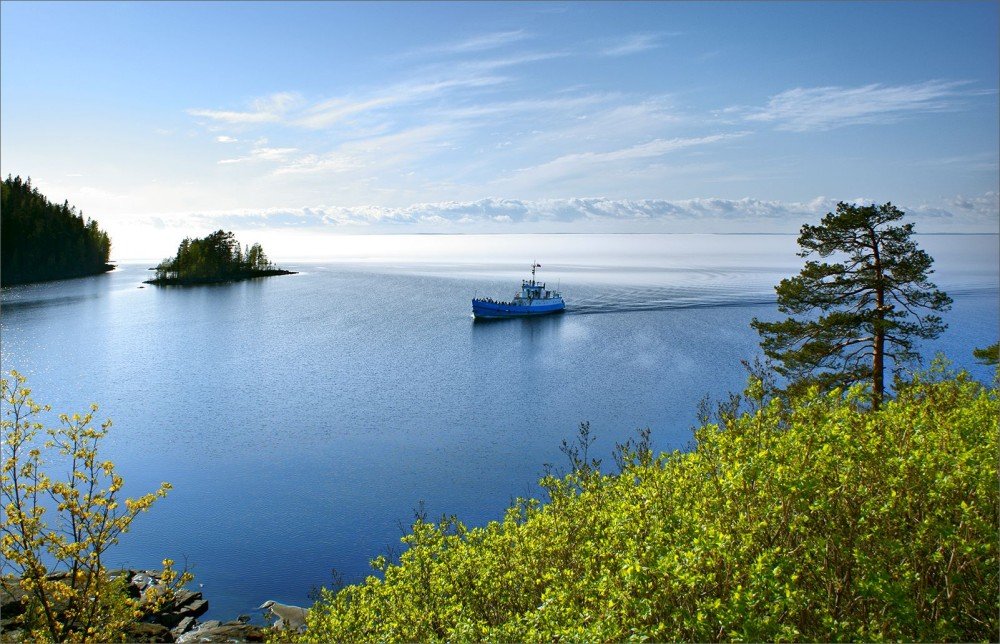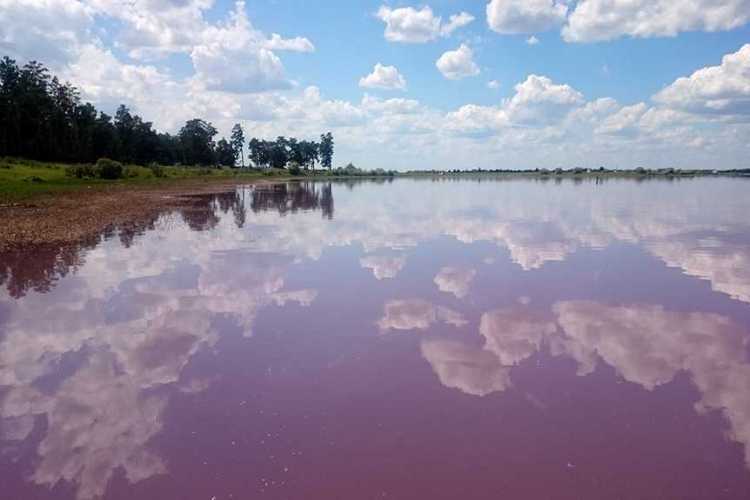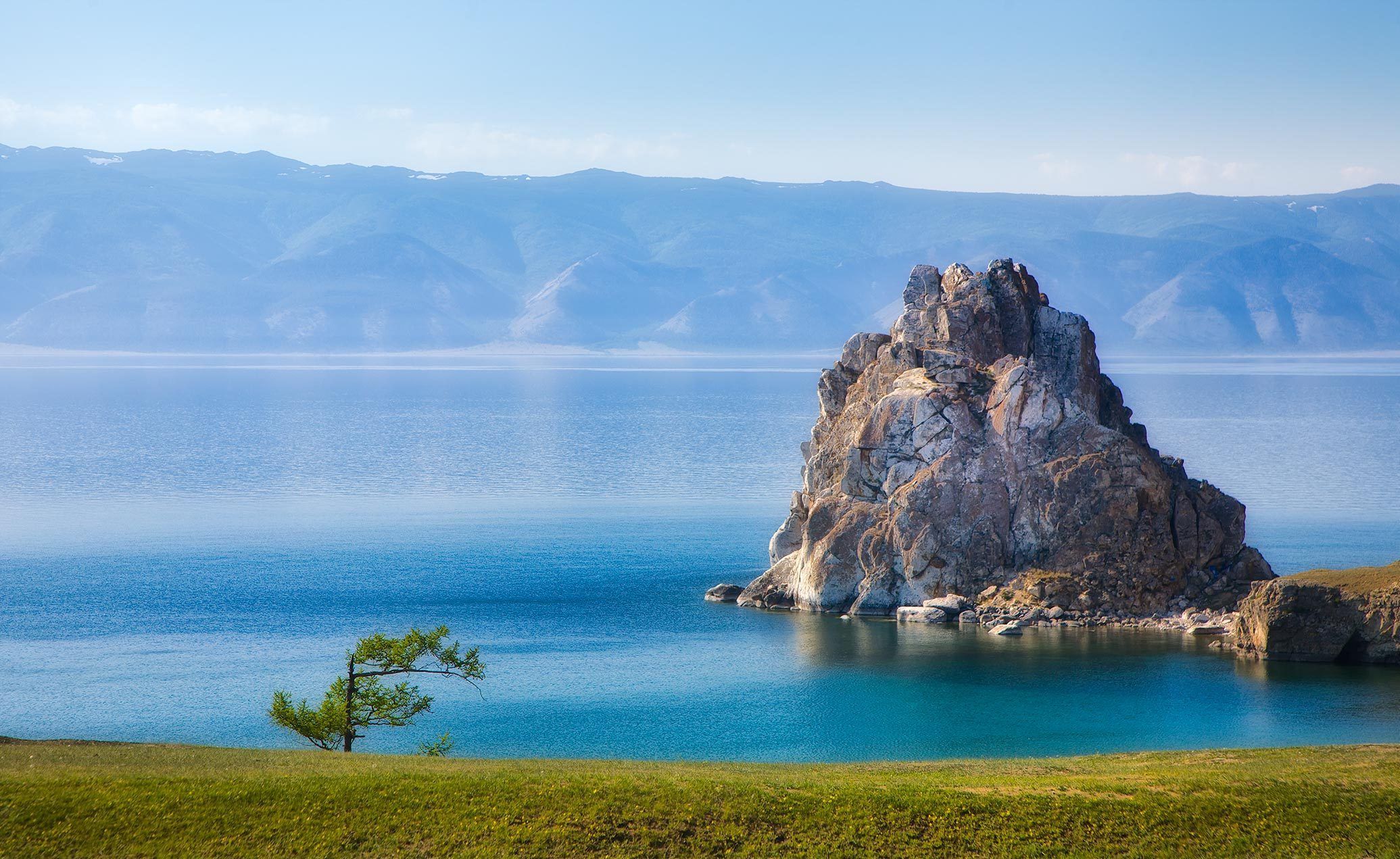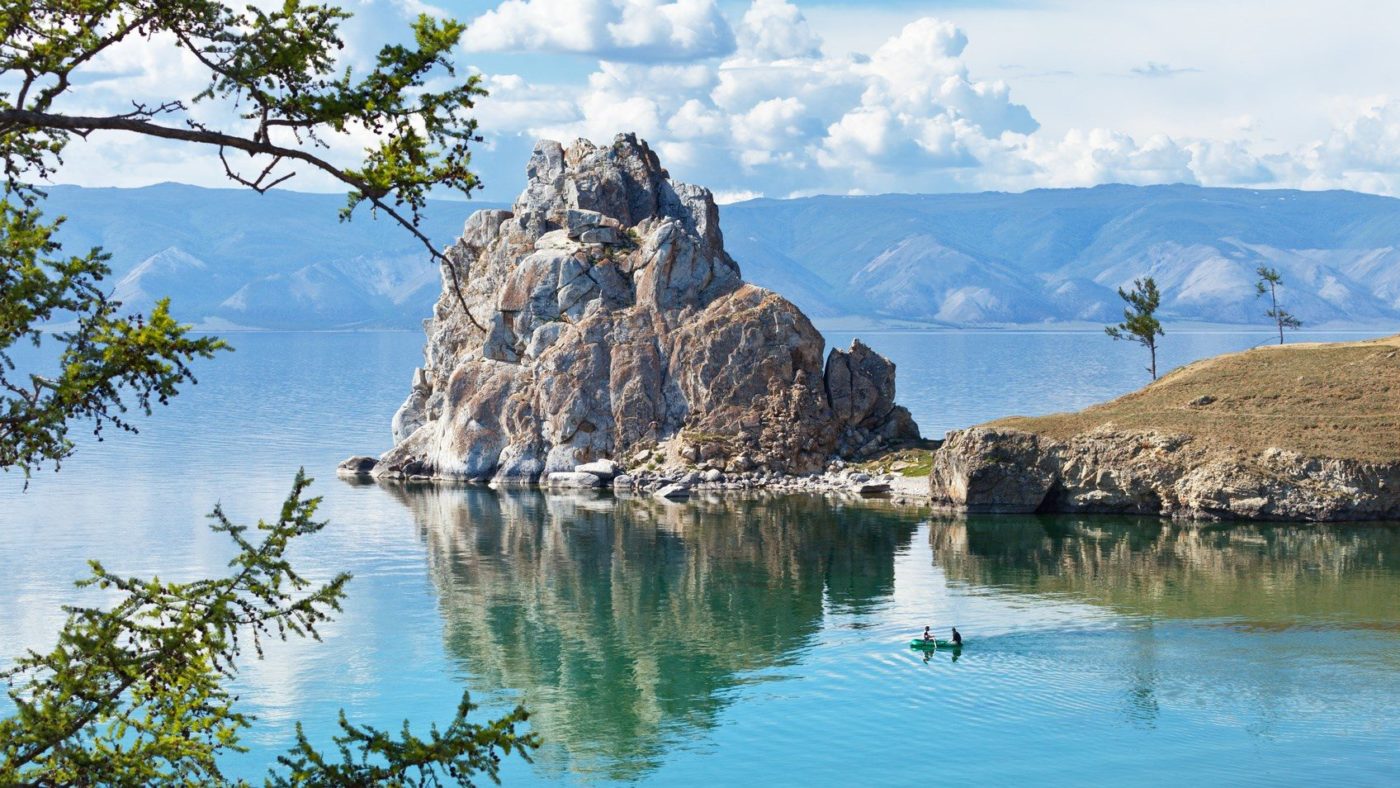If you are planning a trip to Russia this summer for the FIFA World Cup games, take this chance to check out some of the country’s spectacular lakes while there.
6. Blue Lake
One of the world’s deepest lakes, Blue Lake is located in Kabardino-Balkaria. It may be relatively small in size, but it is by no means shallow - its maximum depth is a whole of 258 meters. The lake is a favorite for divers, who plunge into its clear waters and sink to anywhere between 30 and 50 meters. Visitors beware! The lake is captivating, but odorous. Its high hydrogen sulfide content has earned it the nickname “Tserik-Kel,” or “Stinky Lake.”

5. Lake Seydozero
Located in the Russian tundra in the Murmansk region, Lake Seydozero (or Seidozero) means “sacred” in the Sami language. The history of the region is rich in local myths and stories, including UFO and yeti sightings, as well as those about ancient civilizations. One such story is about a highly developed civilization, called the Hyperborean. It is believed that the civilization died as a result of a global cataclysm. You will likely leave Lake Seydozero with more questions than answers!

4. Jack London Lake
One of the most beautiful lakes of Russia’s Far East may have been named after the turn-of-the-century American author of the same name. Some say the lake was named after London when researchers found the author’s work titled "Martin Eden," while others say geologists were big fans of Jack London’s works.

3. Lake Ladoga
Located in northwestern Russia, near Finland and close to the city of St. Petersburg, Lake Ladoga is considered the largest lake entirely in Europe and the third largest in Russia, after the Caspian Sea and Lake Baikal. Despite its extreme northern location in the Republic of Karelia and Leningrad Oblast, the picturesque view of Lake Ladoga mesmerizes locals and tourists with its pine beaches, shallows and dunes, green islets and granite rocks that surround the Lake. It is also known as "the great lake of Nevo," from the Finnish word nevo, which means "the wave,” due to choppy waters that can at times be dangerous for swimmers.

2. Raspberry Lake
Raspberry Lake gets its name from the water’s pink colors. Located in Russia’s Altai region, the lake's area is more than 11 square kilometers. Artemia, which are a crustaceans known to be eaten by flamingos, give a unique aromatic scent to the water, as well as its pinkish color. Supposedly the salt once extracted from the lake was so valuable that it could be served only to Russian Empress Catherine the Great. The high saline content in the lake is said to give it healing properties.

1. Lake Baikal
If you want to see the biggest freshwater lake in the world, you should head to Lake Baikal, where 20 percent of the earth’s freshwater is contained, which is more than in entire North American Great Lakes.
Located in southern Siberia, Lake Baikal owns a rich flora and fauna, which include more than 3,700 species like the Baikal nerpa, the crown of Baikal ecosystem, Baikal oilfish, whose body is almost entirely transparent, Baikal omul, as well as Siberian cedar, thyme, famous walking trees and etc.
Lake Baikal attracts 500,000 tourists annually to its one of a kind scenic environment. No matter what time of year, a tour to Lake Baikal offers lots of opportunities for hiking, horse trekking, fishing and boating. The “Pearl of Siberia” is a spot for those, who want to escape the bustle of metropolis and put themselves at ease in harmony with nature.








 Iran's senior military leaders described the drone and missile attack on Israel on April 14 night as “successful".
Iran's senior military leaders described the drone and missile attack on Israel on April 14 night as “successful".
 Azerbaijan officially unveiled the logo for the upcoming 29th session of the Conference of the Parties to the United Nations Framework Convention o...
Azerbaijan officially unveiled the logo for the upcoming 29th session of the Conference of the Parties to the United Nations Framework Convention o...
 Iranian President Ebrahim Raisi warned Israel that it would face a "real and extensive" response if it makes any "mistake" following Tehran’s missi...
Iranian President Ebrahim Raisi warned Israel that it would face a "real and extensive" response if it makes any "mistake" following Tehran’s missi...



